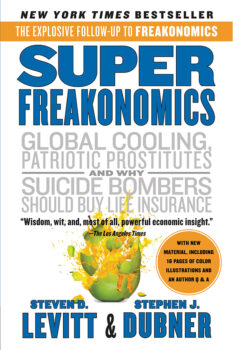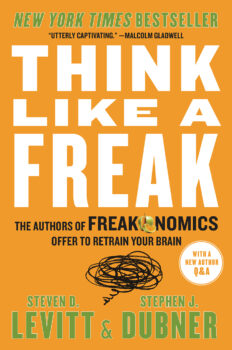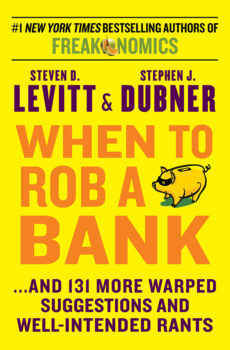What the President Does — and, Importantly, Doesn't — Do
Between the N.S.A./Merkel mess and the ObamaCare mess, it seems a good time to ask a question we’ve asked in the past: just how much does the President of the United States really matter? Our original podcast on the topic came out in 2010; we overhauled the episode in 2012, adding interviews with Donald Rumsfeld and Austan Goolsbee.
As Jon Stewart puts it so well in the video below, if the President is out of the loop on Merkel eavesdropping and his namesake healthcare law, just what loops is he in? I do not mean to cast aspersions on President Obama himself (although you are free to cast away). I mean to highlight the possibility that we assign way too much weight to the role of the President generally.
What are the odds that you agree with my argument? Who knows. What are the odds that, even if you do agree, you will disagree once it’s time to elect the next President, and we get caught up once again in our Great Man Theory of Voting?




